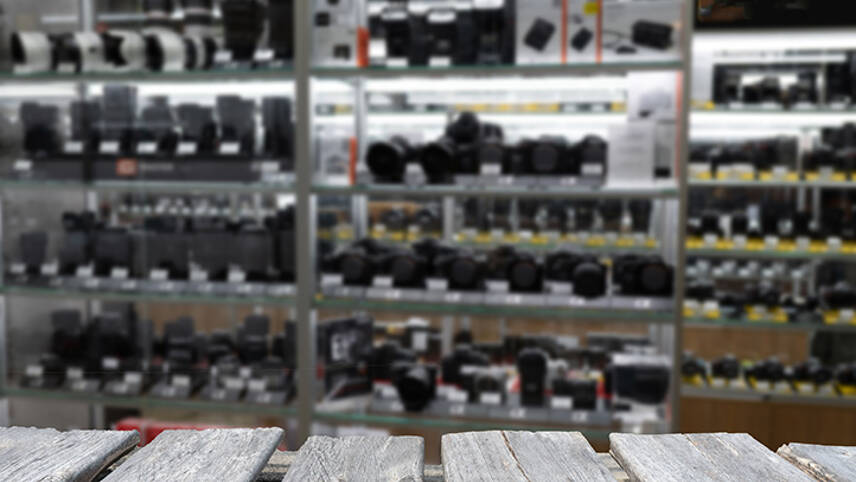Register for free and continue reading
Join our growing army of changemakers and get unlimited access to our premium content

edie’s Circular Economy week is a welcome opportunity to step back and reflect on the growth we’ve seen in the space over recent years, both as a sector in its own right but also a philosophy, informing how society has begun to think differently about buying and selling.
MPB – the company I co-founded more than a decade ago – is today one of the UK’s leading circular economy re-commerce companies and the world’s largest platform enabling photographers, videographers and content creators to buy and sell used kit. But when we first started out this wasn’t our main goal. We started with the primary objective of providing consumers with a trustworthy platform to buy and sell their equipment, and secondly, to offer convenience and choice by addressing the inefficiencies and fragmentation faced when buying used online, which often made this a painful process.
A decade on, we now employ more than 400 people and have expanded to Europe and the US. But in order to succeed and grow as a circular economy business, along the way we’ve had to respond – and develop solutions to – the common challenges faced by companies and brands incorporating or reflecting circular thinking in their business models.
The drivers of growth in buying used are clear, with consumers increasingly considering sustainability in their decision-making and saving money by doing so. At the same time, there’s growing awareness that collectively we are sitting on billions of pounds’ worth of unused tech: our research has found that UK adults have £70bn of unused electronic devices gathering dust in their homes.
The market MPB serves has long reflected the thinking of the circular economy: unlike other categories of consumer electronics, digital camera and videography equipment remains relevant, compatible and usable for decades. Quality camera bodies and lenses are designed for durability, interoperability and to enable future repair.
But this alone doesn’t address the most significant challenge in encouraging people to buy and sell used kit. That challenge is creating a smooth and intuitive consumer experience.
For the customer, the experience of buying a used item needs to be just as straightforward, clear and transparent as buying new. Particularly for high-value goods, we see day in and day out how buyers – understandably – have high expectations in terms of trust. The same is true for sellers.
So we’ve had to think hard about the detail of developing a platform which is genuinely two-way, serving both sellers and buyers. We’ve also had to consider carefully the information buyers want to see, particularly if they’re using our platform for the first time. For that reason, we invest heavily in ensuring that each piece of kit we recirculate – over 485,000 individual items a year – is individually checked over and verified by our team.
We have also seen how enabling circular behaviour in retail requires sophisticated pricing mechanisms and logistics. A key factor which can often put consumers off buying or selling used items is a concern that they won’t get a fair deal. We’ve responded by building up extensive data across more than 40,000 different product lines, meaning we can capture the details that matter to informed consumers. This way, we can ensure a fair price for buyers and sellers alike. In addition, unlike a conventional retailer we’ve had to develop robust processes and systems to enable reverse logistics: enabling sellers to send items to us in a straightforward and sustainable way. Unlike peer-to-peer marketplaces, all items are handled by us centrally to ensure consistency, quality and control, and to allow us to offer a warranty.
Another challenge we’ve had to consider as we’ve scaled is how, as a circular economy business, we apply these principles to our wider operations too. Last year we formalised our approach, which includes initiatives and targets across zero waste, reusable packaging, working with suppliers that are investing seriously in net zero carbon and promoting inclusion and diversity in our workplaces and through our own content, marketing and sponsorships. I’m proud that we have reached zero waste to landfill and 45% renewable electricity across our operations; our packaging is plastic-free, reusable and recyclable; and 60% of our own content and advertising features visual storytellers from underrepresented groups – but there is still much more work to do.
As someone who has been scaling a business in this space for more than a decade, it’s fantastic to see increasing numbers of established brands interested in the circular economy. But I also know that there are no shortcuts to circularity. To truly deliver on the idea that buying new should no longer be the default option, we must make it as easy as possible for consumers to make sustainable choices.



Please login or Register to leave a comment.